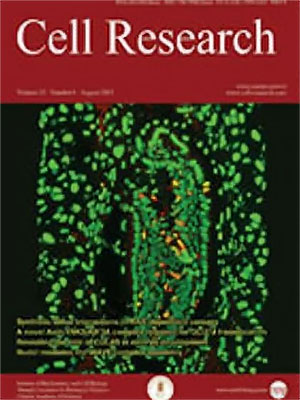Volume 4 Issue 1, June 1994: 65-78
ORIGINAL ARTICLES
Variation in chromosome number in the seedling progeny of a somaclone of Paspalum dilatatum
Zhu JM, LJ Davies, D CoHen, Re RowLand
Horticulture and Food Research Institute of Nes Zealand, Private Bag 11030, Palmerston North, New Zealand.
Department of Botany, Massey University, Palmerston North, Nes Zealand.
Correspondence: Zhu JM
The somaclone, C39, derived by tissue culture from the obligate apomict Paspalum dilatatum cv Raki (2n=50), had 50 chromosomes and a karyotype apparently identical to Raki.SC2 seedlings of C39 showed a high degree of phenotypic variation which was of ten associated with increased chromosome numbers, but some of the variant seedlings were karyotypically indistinguishable from Raki or C39. Plants with increased chromosome numbers exhibited a high degree of intraplant chromosome variation (aneusomaty). In one of the SC2seedlings, the chromosome number of root tip cells varied from 58 to 82 and in several other seedlings the range was more than 10. The results suggested that the ability to form seed apomictically was much reduced in C39 and that this plant showed some capacity for sexual reproduction and the resulting seedlings, with a chromosome number of about 70, were genetically unstable. Of 11 SC2 seedlings examined cytolog ically, 6 did not produce any viable seed. Seedlings grown from seed of the remaining 5 plants showed that aneusomaty persisted in the SC3 generation .SC3 seedlings which were phenotypically similar to their maternal parent showed a similar range of chromosome numbers to that parent. Some of the SC3 seedlings exhibited an even wider range of chromosome numbers (e.g.56-136), and these plants were all dwarfs.
FULL TEXT | PDF
Browse 2513


